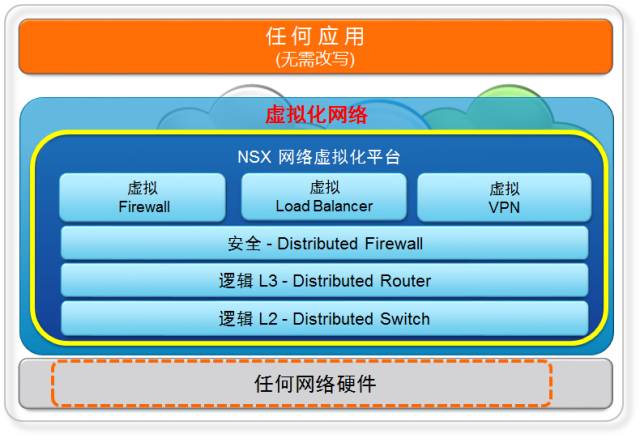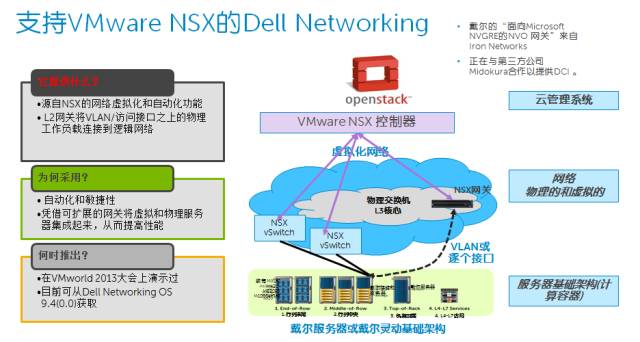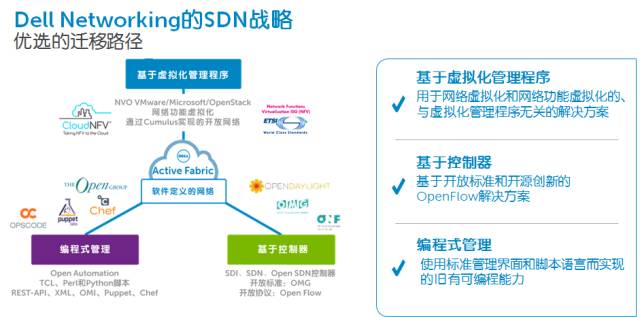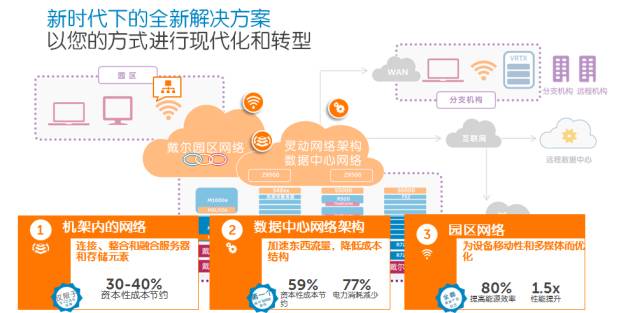This is an era of data explosion!
Due to a wave of new technology applications,
such as the Internet of Things, virtual reality, and more.
They are all trying to “trick” us,
eager to provide us with unlimited buffs.
Of course, they also throw a massive amount of data requirements at us.
Thus, new computing technologies have become the “progress bar” experts in the IT world,
and their necessity for digital transformation is unanimously recognized in the industry.
Cloud computing is the essential path for completing industrial transformation.
We have achieved large-scale applications of computing and storage virtualization, but network virtualization remains a challenge. Compared to software-defined data centers, we can already build flexible and scalable cloud computing platforms. On top of the basic hardware platform, we have seen on-demand configuration of computing resource allocation, unified cloud platform management for operations and maintenance, and reliable and secure data protection measures.
So the question arises, what strategies should we adopt to win the battle of network virtualization?
The Three Elements of Network Virtualization
Today, I will introduce Dell’s open networking architecture for network virtualization solutions, making it easy for you to master network virtualization. We can understand network virtualization through an analogy.
Let’s highlight the key points:
We know the three essential elements for achieving virtualization:
1. Decoupling hardware and software.
2. Resource pooling.
3. Effective scheduling and management.
In the field of computing virtualization:
 Decoupling hardware and software meansisolating X86 servers and OS+APP through a virtualization layer.
Decoupling hardware and software meansisolating X86 servers and OS+APP through a virtualization layer.
 Resource pooling meansachieving hardware resource pooling through a hypervisor.
Resource pooling meansachieving hardware resource pooling through a hypervisor.
 Effective scheduling and management meansachieving management through a vCenter server.So we can also think about network virtualization in a similar way:
Effective scheduling and management meansachieving management through a vCenter server.So we can also think about network virtualization in a similar way:
 Decoupling hardware and software meansisolating the switching platform and control platform of the switch through a virtualization layer.
Decoupling hardware and software meansisolating the switching platform and control platform of the switch through a virtualization layer.
 Resource pooling meansachieving hardware resource pooling through a hypervisor.
Resource pooling meansachieving hardware resource pooling through a hypervisor.
 Effective scheduling and management meansachieving configuration management through an SDN controller.
Effective scheduling and management meansachieving configuration management through an SDN controller.
Now that we understand the basic methods of network virtualization, let’s look at how this architecture is implemented in the industry.
The Two Major Schools of Network Virtualization
One school is represented by VMware NSX, which is a pure virtual network technology. Dell networking supports VMware NSX, integrating virtual and physical servers with scalable gateways to enhance performance, and possesses network virtualization and automation features derived from NSX. The NSX gateway—L2 gateway can connect physical workloads to logical networks.
The other school is represented by Big Switch, which is a hybrid network virtualization technology. Dell networking has always adhered to an open networking strategy and deepened its SDN strategy in collaboration with SDN software company Big Switch, providing users with the best migration path based on management programs, controllers, and programming management.
VMware NSX School Solutions
NSX technology fully implements switching, routing, firewalls, load balancing, and VPN at the software level.

This platform has zero hardware switch requirements and forms a complete network system on its own. The network virtualization achieved by NSX does not realize hardware platform resource pooling.

Dell networking products are fully integrated with VMware NSX, extending the cloud platform network into the physical network.
Big Switch School Solutions
Big Switch’s solutions provide us with another set of network virtualization solutions.
Big Switch offers a complete network virtualization solution through the BCF network controller, LightOS hypervisor, and Dell’s open network switches.

Dell’s network virtualization based on Big Switch’s BCF controllerachieves arbitrary network expansion.

All along, Dell has been a pioneer in promoting open network innovation, inviting various schools to “empower” Dell networking, stimulating innovation through best-in-class, standards-based network devices, network operating systems, and network applications to meet diverse customer business needs, providing strong momentum for the industrial transformation brought about by digital transformation.
The new cloud computing model requires a brand new foundational platform.
Under the banner of Dell’s open networking,
the new generation of software-defined data centers
will undoubtedly provide strong momentum for the industrial transformation brought about by digital transformation.


Click“Read the original text”to learn more about Dell’s digital transformation solutions
(Source: Dell Enterprise Solutions)